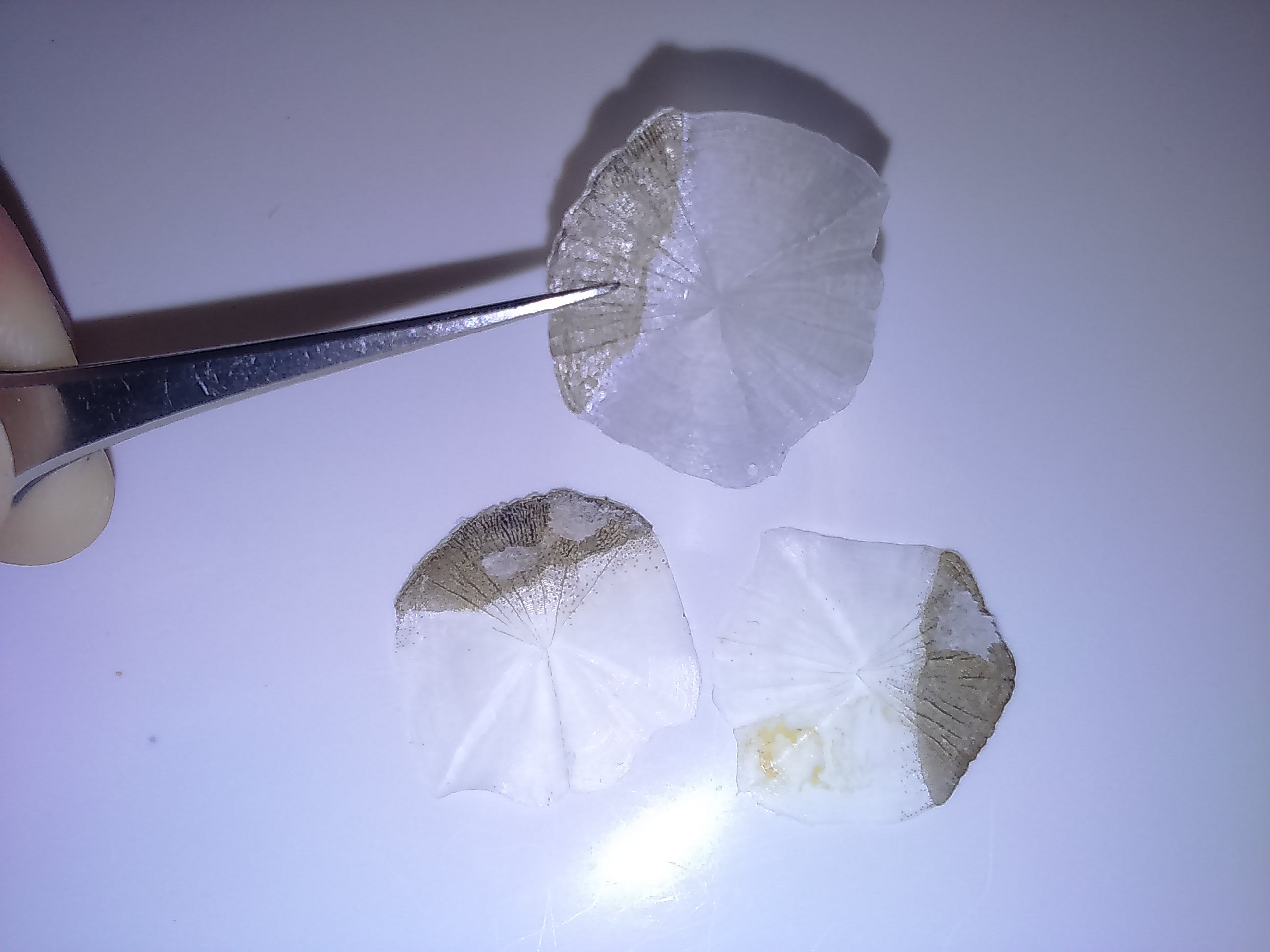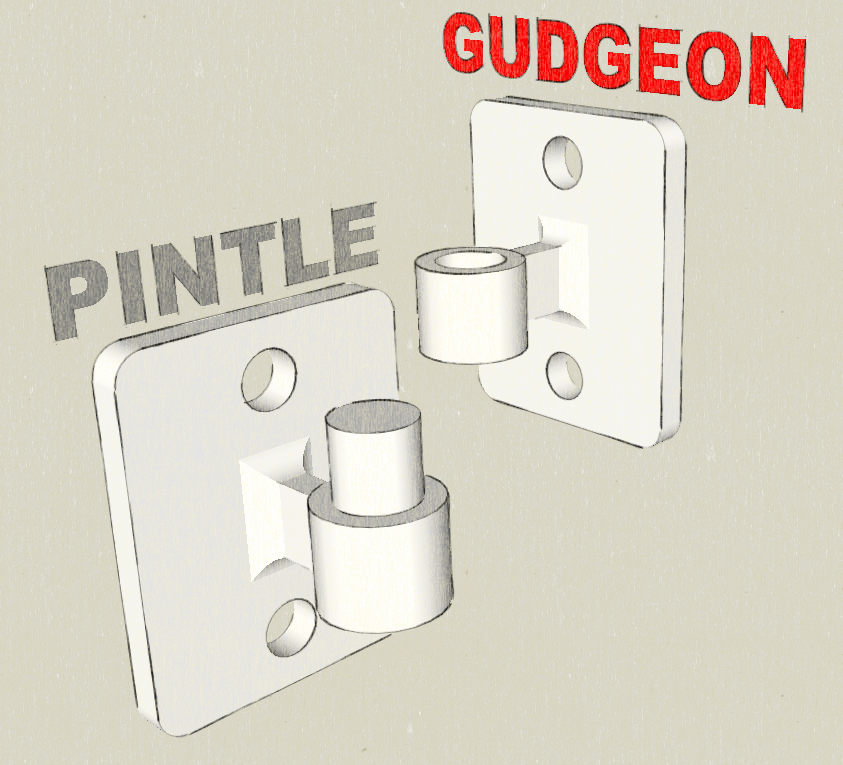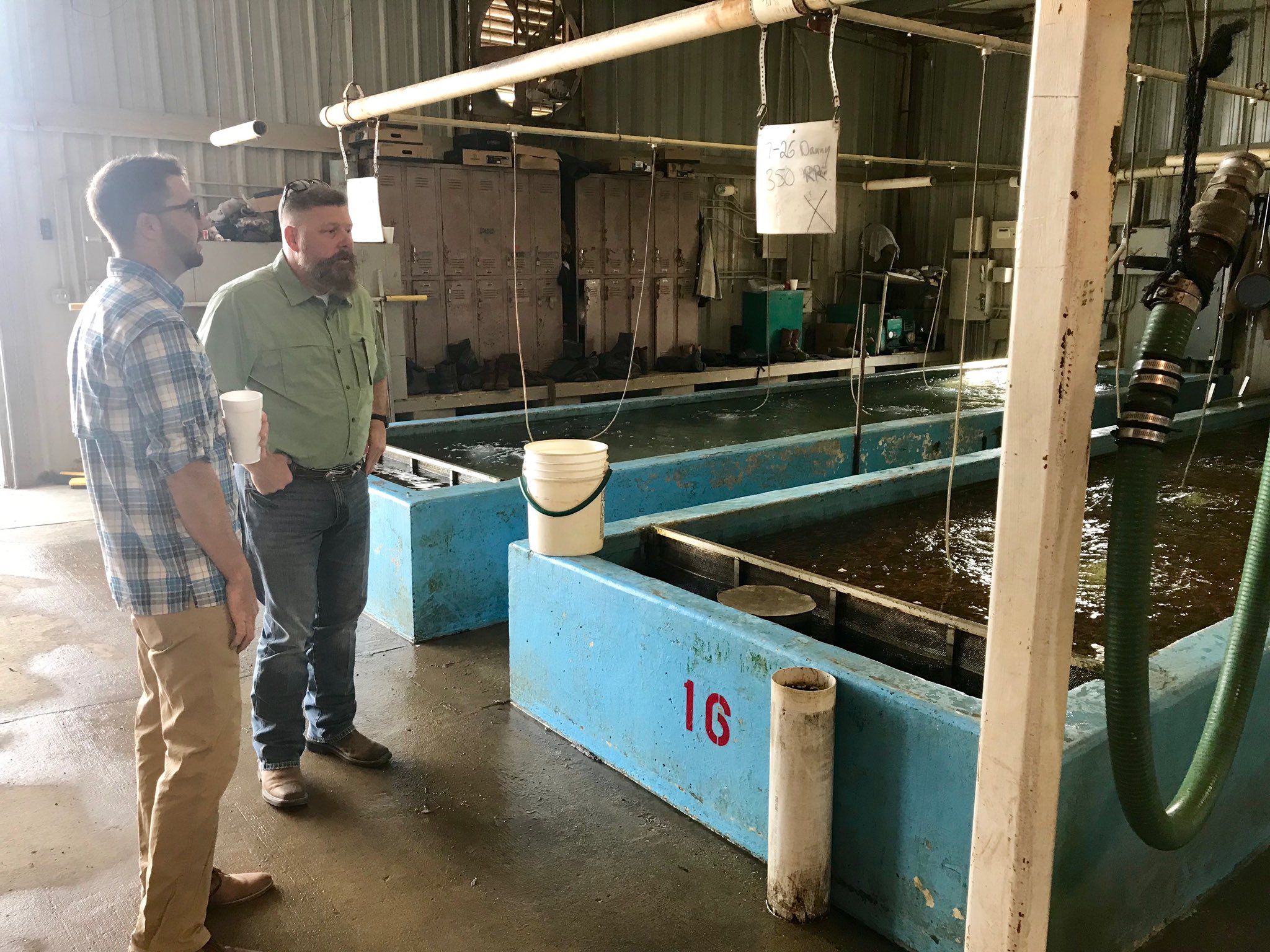|
Ondaine
The Ondaine or Ondenon is a river in the Loire (department), Loire department of France. It is a right tributary of the Loire. Geography The Ondaine has its source in the woods of Neyranche in the commune of Planfoy at an elevation of , where it is called the Ondenon. When passing through the town of La Ricamarie it takes the name Ondaine. Its basin covers mostly in the department of the Loire, but also in part of Haute-Loire. The Ondaine is one of the rivers of the Loire Valley covered by "river contracts" that are supported by the General Council of the Loire, the Rhône-Alpes region, the Water Agencies, and the State. It flows into the Loire at the locality called Pertuiset in the commune of Unieux at above sea level opposite Caloire. Communes and cantons crossed The Ondaine flows through the department of the Loire, passing from upstream to downstream through the communes of Planfoy (source), Saint-Genest-Malifaux, La Ricamarie, Le Chambon-Feugerolles, Firminy, Fraisses ... [...More Info...] [...Related Items...] OR: [Wikipedia] [Google] [Baidu] |
Firminy
Firminy (; oc, Frominiu) is a commune in the Loire department in central France. It lies on the river Ondaine, 13 km southwest of Saint-Étienne by rail. History The ancient name of the town was ''Firminiaco'' or ''Firminiacus'' (lit. "place of Firmin"). The name was first recorded in a 971 charter by the King of Burgundy. Firminy had historically important coalmines known since the 14th century and extensive manufactures of iron, steel, and aluminum goods, including railway material, machinery and cannon. Fancy woolen hosiery was also manufactured. Population Sights Two historic churches from the 12th and 16th centuries are located here. The architect Le Corbusier designed a group of modern buildings, called " Firminy Vert", which includes the Saint-Pierre Church, a stadium, a cultural center, and an '' Unité d'Habitation''. See also *Communes of the Loire department The following is a list of the 323 communes of the Loire department of France. The commun ... [...More Info...] [...Related Items...] OR: [Wikipedia] [Google] [Baidu] |
Loire
The Loire (, also ; ; oc, Léger, ; la, Liger) is the longest river in France and the 171st longest in the world. With a length of , it drains , more than a fifth of France's land, while its average discharge is only half that of the Rhône. It rises in the southeastern quarter of the French Massif Central in the Cévennes range (in the department of Ardèche) at near Mont Gerbier de Jonc; it flows north through Nevers to Orléans, then west through Tours and Nantes until it reaches the Bay of Biscay (Atlantic Ocean) at Saint-Nazaire. Its main tributaries include the rivers Nièvre, Maine and the Erdre on its right bank, and the rivers Allier, Cher, Indre, Vienne, and the Sèvre Nantaise on the left bank. The Loire gives its name to six departments: Loire, Haute-Loire, Loire-Atlantique, Indre-et-Loire, Maine-et-Loire, and Saône-et-Loire. The lower-central swathe of its valley straddling the Pays de la Loire and Centre-Val de Loire regions was added t ... [...More Info...] [...Related Items...] OR: [Wikipedia] [Google] [Baidu] |
Le Chambon-Feugerolles
Le Chambon-Feugerolles () is a commune in the French department of Loire, central France. Population Twin towns Le Chambon-Feugerolles is twinned with Herzebrock-Clarholz, Germany, since 1973. See also *Communes of the Loire department The following is a list of the 323 communes of the Loire department of France. The communes cooperate in the following intercommunalities (as of 2020):Communes of Loire (department) {{Loire-geo-stub ... [...More Info...] [...Related Items...] OR: [Wikipedia] [Google] [Baidu] |
Roche-la-Molière
Roche-la-Molière () is a commune in the Loire department in the Auvergne-Rhône-Alpes region in central France. Population See also *Communes of the Loire department The following is a list of the 323 communes of the Loire department of France. The communes cooperate in the following intercommunalities (as of 2020):Communes of Loire (department) {{Loire-geo-stub ... [...More Info...] [...Related Items...] OR: [Wikipedia] [Google] [Baidu] |
Rivers Of France
This is a list of rivers that are at least partially in France. The rivers are grouped by sea or ocean. The rivers flowing into the sea are sorted along the coast. Rivers flowing into other rivers are listed by the rivers they flow into. Some rivers (e.g. Sûre/Sauer) do not flow through France themselves, but they are mentioned for having French tributaries. They are given in ''italics''. For clarity, only rivers that are longer than 50 km (or have longer tributaries) are shown. In French, rivers are traditionally classified either as ''fleuves'' when they flow into the sea (or into a desert or lake), or as ''rivières'' when they flow into another river. The ''fleuves'' are shown in bold. For an alphabetical overview of rivers of France, see the category Rivers of France. Tributary list North Sea The rivers in this section are sorted north-east (Netherlands) to south-west (Calais). * Rhine/Rhin (main branch at Hook of Holland, Netherlands) ** Moselle (in Koblenz, Germ ... [...More Info...] [...Related Items...] OR: [Wikipedia] [Google] [Baidu] |
Perch
Perch is a common name for fish of the genus ''Perca'', freshwater gamefish belonging to the family Percidae. The perch, of which three species occur in different geographical areas, lend their name to a large order of vertebrates: the Perciformes, from the el, πέρκη (), simply meaning perch, and the Latin ''forma'' meaning shape. Many species of freshwater gamefish more or less resemble perch, but belong to different genera. In fact, the exclusively saltwater-dwelling red drum is often referred to as a red perch, though by definition perch are freshwater fish. Though many fish are referred to as perch as a common name, to be considered a true perch, the fish must be of the family Percidae. The type species for this genus is the European perch, ''P. fluviatilis''. Species Most authorities recognize three species within the perch genus: * The European perch (''P. fluviatilis'') is primarily found in Europe, but a few can also be found in South Africa, and even as ... [...More Info...] [...Related Items...] OR: [Wikipedia] [Google] [Baidu] |
European Chub
''Squalius cephalus'' is a European species of freshwater fish in the carp family Cyprinidae. It frequents both slow and moderate rivers, as well as canals and still waters of various kinds. This species is referred to as the common chub, European chub, or simply chub. Description It is a stocky fish with a large rounded head. Its body is long and cylindrical in shape and is covered in large greenish-brown scales which are edged with narrow bands of black across the back, paling to golden on the flanks and even paler on the belly. The tail is dark brown or black, the dorsal fin is a greyish-green in colour and all the other fins are orange-red. The dorsal fin has 3 spines and 7-9 soft rays while the anal fin has 3 spines and 7-10 rays. The vertebrae count is 42-48. It can grow to 60 cm standard length but most fish are around 30 cm. Distribution The chub is distributed throughout most of northern Eurasia, it can be found in the rivers flowing into the North, Baltic, n ... [...More Info...] [...Related Items...] OR: [Wikipedia] [Google] [Baidu] |
Stone Loach
The stone loach (''Barbatula barbatula'') is a European species of fresh water ray-finned fish in the family Nemacheilidae. It is one of nineteen species in the genus ''Barbatula''. Stone loaches live amongst the gravel and stones of fast flowing water where they can search for food. The most distinctive feature of this small fish is the presence of barbels around the bottom jaw, which they use to detect their invertebrate prey. The body is a mixture of brown, green and yellow. Found in the North eastern states of India Description The stone loach is a small, slender bottom-dwelling fish that can grow to a length of , but typically is around . Its eyes are situated high on its head and it has three pairs of short barbels on its lower jaw below its mouth. It has a rounded body that is not much laterally flattened and is a little less deep in the body than the spined loach (''Cobitis taenia'') and lacks that fish's spines beneath the eye. It has rounded dorsal and caudal fins with ... [...More Info...] [...Related Items...] OR: [Wikipedia] [Google] [Baidu] |
Sculpin
A sculpin is a type of fish that belongs to the superfamily Cottoidea in the order Scorpaeniformes.Kane, E. A. and T. E. Higham. (2012)Life in the flow lane: differences in pectoral fin morphology suggest transitions in station-holding demand across species of marine sculpin.''Zoology'' (Jena) 115(4), 223-32. As of 2006, this superfamily contains 7 families, 94 genera, and 387 species. Sculpins occur in many types of habitat, including ocean and freshwater zones. They live in rivers, submarine canyons, kelp forests, and shallow littoral habitat types, such as tidepools. Sculpins are benthic fish, dwelling on the bottoms of water bodies. Their pectoral fins are smooth on the upper edge and webbed with sharp rays along the lower edge, a modification that makes them specialized for gripping the substrate. This adaptation helps the fish anchor in fast-flowing water. The sculpin normally grows to about four inches long. Families and subfamilies Families include: * Jordaniida ... [...More Info...] [...Related Items...] OR: [Wikipedia] [Google] [Baidu] |
Gudgeon
A gudgeon is a socket-like, cylindrical (i.e., ''female'') fitting attached to one component to enable a pivoting or hinging connection to a second component. The second component carries a pintle fitting, the male counterpart to the gudgeon, enabling an interpivoting connection that can be easily separated. Designs that may use gudgeon and pintle connections include hinges, shutters and boat rudders.Webster's Seventh New Collegiate Dictionary, G & C Merriam Company, 1963, p. 370 The ''gudgeon'' derives from the Middle English ''gojoun'', which originated from the Middle French ''goujon''. Its first known use was in the 15th century. Types of gudgeons Winged gudgeons A winged gudgeon is one that has extensions that increase its ability to adhere to the fixed surface. At the beginning of the industrial revolution, winged gudgeons were used to support water wheel shafts, and later, steam engine shafts. Gudgeon pin In engines, a gudgeon pin (UK, wrist pin US) joins the small ... [...More Info...] [...Related Items...] OR: [Wikipedia] [Google] [Baidu] |
Minnow
Minnow is the common name for a number of species of small freshwater fish, belonging to several genera of the families Cyprinidae and Leuciscidae. They are also known in Ireland as pinkeens. Smaller fish in the subfamily Leusciscidae are considered by anglers to be "true" minnows. Types of minnows Bluntnose minnow (''Pimephales notatus''): The bluntnose minnow is a primary bait fish for Northern America, and has a very high tolerance for variable water qualities, which helps its distribution throughout many regions. The snout of the bluntnose minnow overhangs the mouth, giving it the bluntnose. There is a dark lateral line which stretches from the opercle to the base of the tail, where a large black spot is located. The average size of the adult is approximately 5 cm (2 in). ' Pimephales'' Common shiner (''Notropis cornutus)'': These fish are one of the most common type of bait fish and are almost exclusively stream dwellers. The common shiner can be identifi ... [...More Info...] [...Related Items...] OR: [Wikipedia] [Google] [Baidu] |
Brown Trout
The brown trout (''Salmo trutta'') is a European species of salmonid fish that has been widely introduced into suitable environments globally. It includes purely freshwater populations, referred to as the riverine ecotype, ''Salmo trutta'' morpha ''fario'', a lacustrine ecotype, ''S. trutta'' morpha ''lacustris'', also called the lake trout, and anadromous forms known as the sea trout, ''S. trutta'' morpha ''trutta''. The latter migrates to the oceans for much of its life and returns to fresh water only to spawn. Sea trout in Ireland and Britain have many regional names: sewin in Wales, finnock in Scotland, peal in the West Country, mort in North West England, and white trout in Ireland. The lacustrine morph of brown trout is most usually potamodromous, migrating from lakes into rivers or streams to spawn, although evidence indicates some stocks spawn on wind-swept shorelines of lakes. ''S. trutta'' morpha ''fario'' forms stream-resident populations, typically in alpine s ... [...More Info...] [...Related Items...] OR: [Wikipedia] [Google] [Baidu] |





